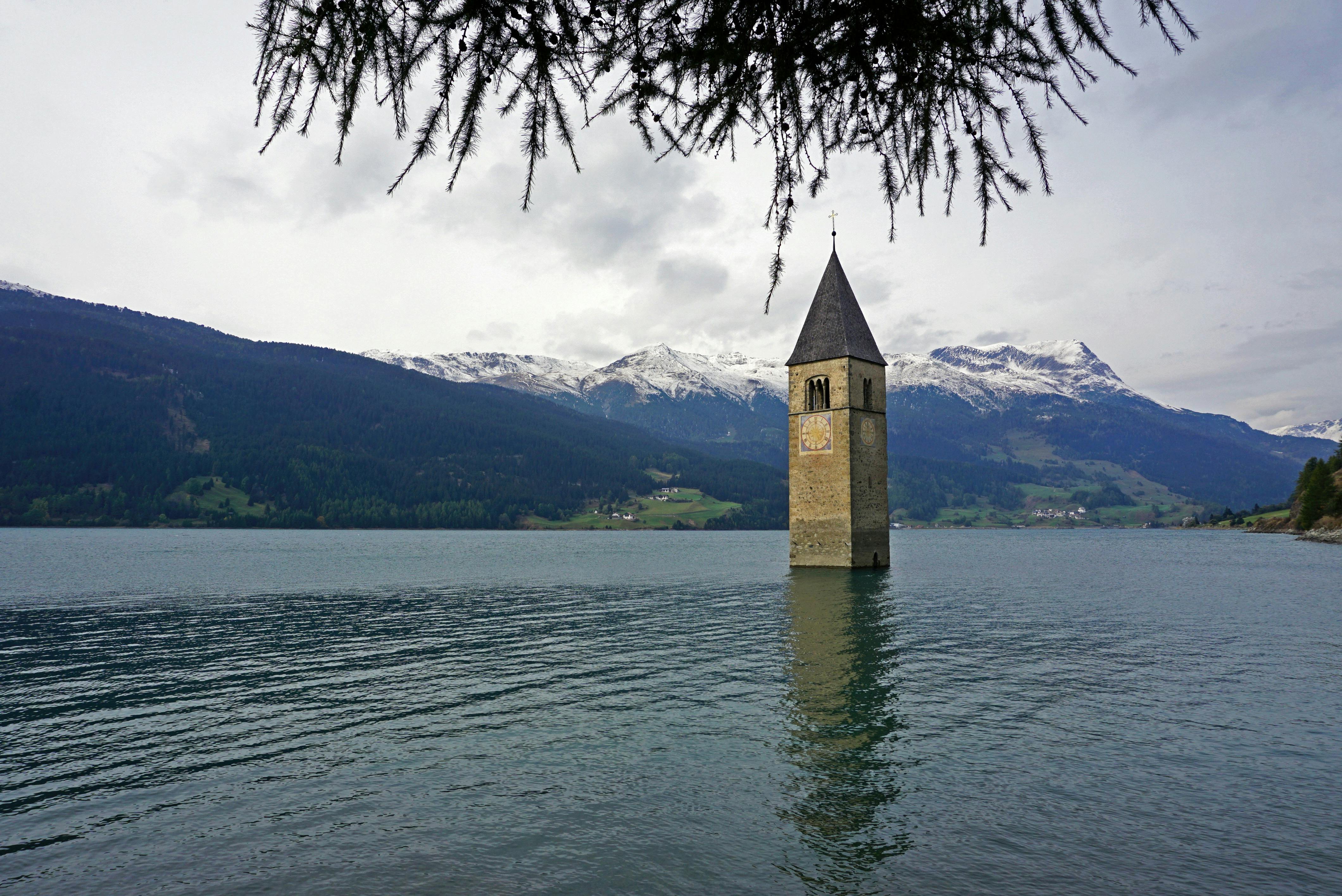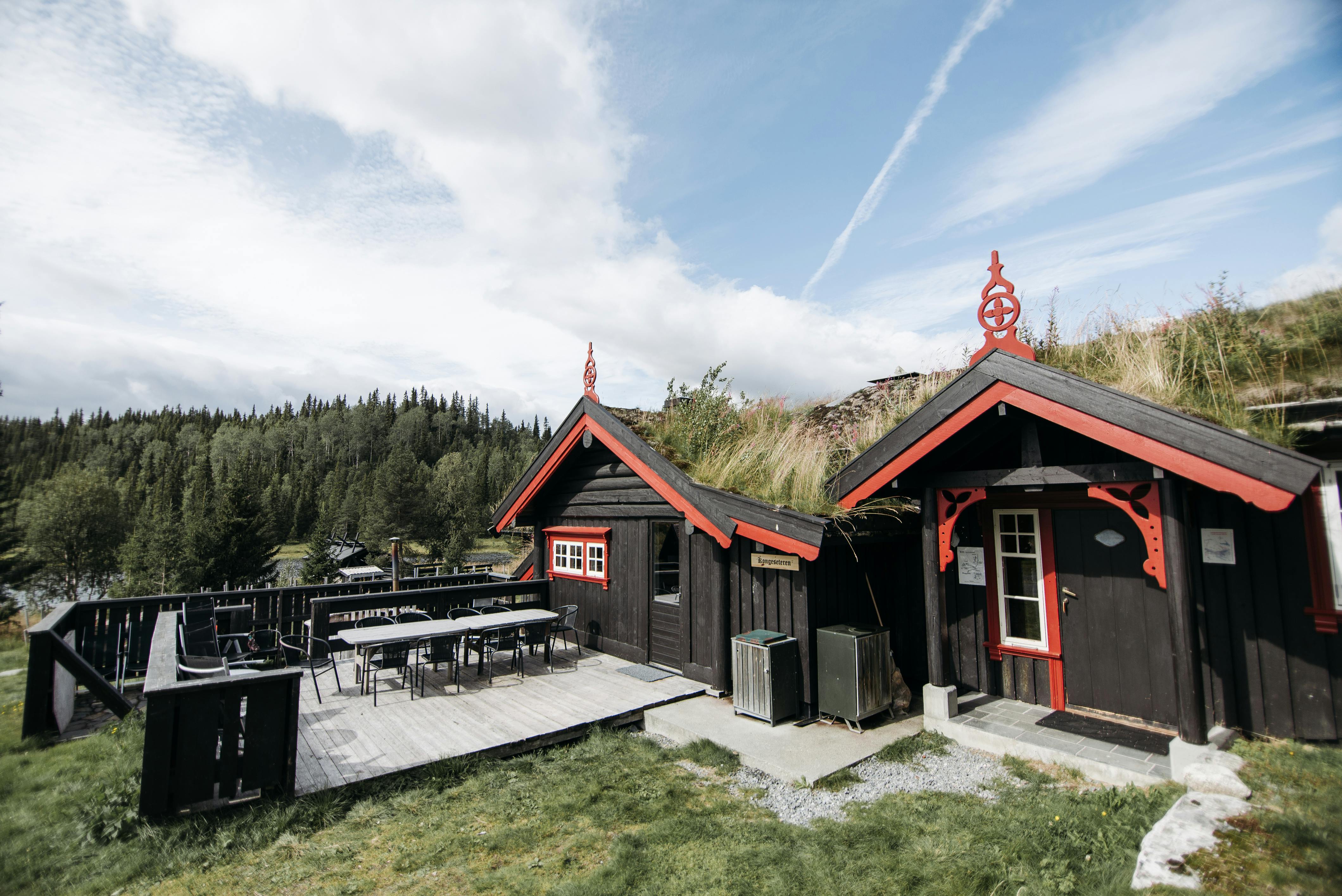Most RV/MH parks used by the annual migrating “snowbirds” in South Texas, i.e. near or further south of San Antonio, are managed under four types of ownership: 1) large company, 2) small business, 3) family or individual, and 4) cooperative. In some ways, the basic living arrangements in all of these parks are similar.
For example, most parks own all the land within their boundaries. Most offer RV rental lots and permanent sites for mobile home owners. Most also offer some form of indoor and outdoor facilities, such as recreation rooms, pools, and areas for dining, crafts, exercise, dance, games, garage sales, and live entertainment. Still, there are small differences in the costs of living under each type of property. Here’s a rundown of each.
one. large corporate (owns many parks in different parts of the country or the world)
These fenced and gated parks are comparatively large with populations numbering close to 2000 or so. They offer extensive activities to their occupants, which may include hair/beauty salons, large craft or workshop buildings, convenience stores, sports activities, dance halls, restaurants, churches, and bus tour directors.
Their seasonal rent and annual fees due can be anywhere from $1,000 to $3,000 per month more than average-sized or smaller parks. These fees are well spent, however, if your occupants want to do a lot of things along with the luxury of having almost everything the parks provide. These higher fees also cover most of the park’s routine and unexpected maintenance costs, as well as any costs to provide communal living similar to typical small American towns.
2. Small company (has two or more)
These fenced parks are numerous with populations approaching 500 to 1,000 on average. They may be owned by a small business, family, or individual, and may have one to four sister parks under the same ownership. These sister parks may be right next to each other, while others may be several miles apart. These can cost anywhere from $500 to $1000 per month more than smaller parks.
Each is run in a similar way and may offer similar services, such as the recreational and social activities mentioned above. However, they are not totally the same because their occupants can form their own themes. For example, one park may be geared toward traditional Canadian activities, while others focus on hobbies, such as woodworking, crafts, bowling, or golf.
These parks attract many Winter Texans who desire their specific activities and community relationships.
3. family or individual (it has one or two parks, which can be organized or not)
These parks can be owned by a family or, in some cases, by quite wealthy people who use them for tax breaks. They can range from being fenced off and well organized to being disorganized, depending on the owners and the occupants themselves, who form their own community themes.
The organized will have recreation rooms with many of the simpler indoor and outdoor amenities, activities, and entertainment (eg, bingo, cards, dominoes, pocket pool, puzzles, crafts, shuffleboard, horseshoes, walking, and swimming).
The unorganized basically rent RV lots and/or small apartments and mobile homes. In general, they will not have multipurpose recreation rooms or swimming pools. But they may have closed pavilions or large rooms in which the occupants can gather for their own small-scale social activities. These occupants are mainly focused on protecting themselves from the cold and not so much on having a lot to do socially.
Lots and homes in these parks can be rented for $150 to $1,400/month, and owed homeownership is less than in the highly organized parks described above.
Four. cooperatives (owned by the occupant)
Unlike previous parks, mobile home and rental lot owners in these parks have certificates of ownership for the land beneath their homes, giving them a vested interest in the general welfare of the parks. If a local government or large corporation buys one of these parks for whatever reason, a proportionate amount of the proceeds go to the individual lot owners.
These parks are run by an elected annual occupant board of directors who write park charters and bylaws and approve office staff to handle the park’s routine maintenance and business needs. Directors have staggered terms, while all unit owners consist of the voting board. Under these arrangements, these communities are highly active and involved.
The cost of living in these parks can be quite reasonable, depending on the number of buildings and facilities they provide. In certain locations, property owed may be less than $1,500 per year. However, in order for them to maintain their keep, volunteering, assessments, and fundraisers may be common.
Conclution. Potential winter occupants can find suitable places to hibernate at these South Texas RV and RV parks, depending on their wants and needs. Two common snow birding needs are 1) getting away from the cold northern climes during the winter months and 2) finding new friends in reasonably priced winter communities. For more information on these parks and their locations, check out these websites.



